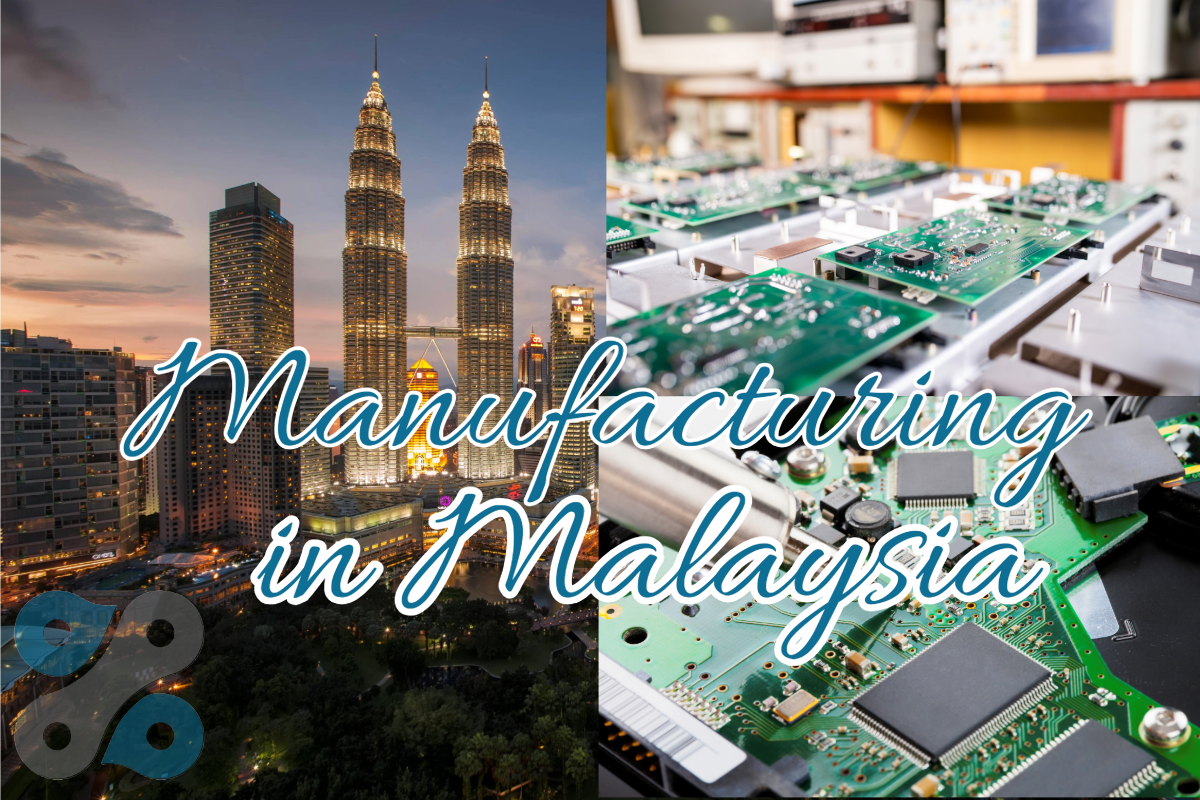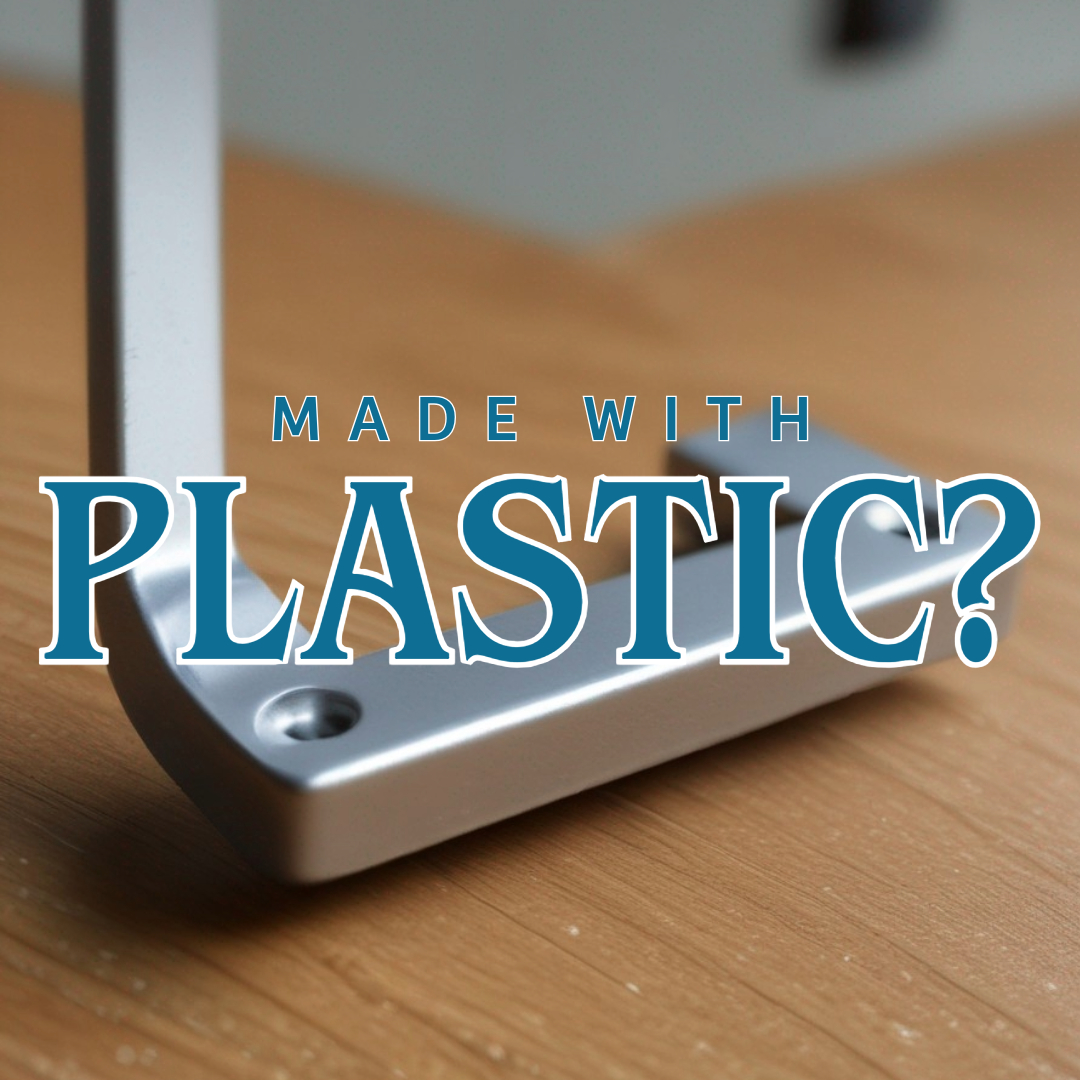Category: Uncategorized
-

Looking to procure or source from a contract manufacturer outside of China, Europe or the USA?
Geopolitical challenges over the past few years and in the foreseeable future has thrown a wrench in the works for many supply chains. Procurement managers have been cracking their head solving the complex issues surrounding the uncertainties. Many have started looking to procure or source for a contract manufacturer outside of China, for example, but…
-
Micro injection moulding: utilizing ultra high precision technology for micro parts right here in Malaysia
Utilizing latest technology, micro injection moulding can be done right here in Malaysia and sold worldwide. Micro molding parts typically weigh less than a gram, are high-precision in nature and requires CT-Scanning (which we have in-house) for quality inspection. On the other spectrum, we can also provide prototyping services for small parts within a short…
-
Non-destructive testing: what is it and why use it?
Why is CT Scanning considered a “non-destructive testing” method? What is “non-destructive”? CT Scanning is considered a non-destructive inspection technique because it allows for the visualization of the internal structure of an object without causing any physical damage to the object itself. In non-destructive testing (NDT), the goal is to examine and evaluate the integrity,…
-
Reverse engineering your products: whether an assembled product, or components like plastic or metal parts
We study and propose reverse engineer for your product, be it an entire assembly or at component level like metal, plastic (via injection molding or other processes), die-casting, CNC machining and other components parts by looking at a re-design, re-engineer, mold-flow analysis, modifications and manufacturability. We work with customers to develop new products, rapid prototyping,…
-
How precision injection moulders benefit from using CT-Scanning technology to improve quality and stability of processes
Precision injection molding refers to a highly controlled and precise manufacturing process used to produce complex and high-tolerance plastic parts. Precision injection molding involves tight control over various parameters to achieve high accuracy, consistency, and repeatability in the production of plastic components. Key aspects of precision injection molding include: Precision injection molding is commonly used…
-
Assembly issues when using different cavity?
We have all experienced it. Assembly of a few parts but having unforseen issues. The drawing specs of both mating parts are “in-spec”, and both Cavities are in spec too. However, here just is something wrong with the assembly. Or, Cavity 1 can only be assembled with Cavity 1 of another tooling made 15 years…
-
CT Scanning of your plastic parts right here in Malaysia
We had a few questions about where our CT Scanning services takes place. Our CT Scanner is located in the Klang Valley (just outside of Kuala Lumpur) hence if you have plastic parts that you need to perform CT Scanning on, we are located in the capital city of Malaysia. Utilizing cutting-edge Zeiss technology, we…
-
Micro injection moulding – what is it?
Micro injection molding is a specialized form of injection molding that focuses on producing extremely small and precise plastic components with micro-scale features. This manufacturing process is used to produce parts with dimensions in the micrometer to millimeter range. Micro injection molding is particularly applicable in industries such as medical devices, electronics, telecommunications, and automotive,…
-
Do you know that CT Scanner can measure the radius of a plastic part better than a CMM?
The measuring of a rounded part radius is always a challenge. While CT (computed tomography) scanners and CMMs (coordinate measuring machines) are both valuable tools for dimensional measurement, but they operate on different principles and offer distinct advantages. When it comes to measuring the radius of a plastic part, CT scanners have some advantages over…
-
Why is differences in wall thickness important and how using CT Scanning you can ensure consistency in the plastic part produced?
Differences in wall thickness are important in injection moulded plastic parts for several reasons, and achieving consistency is crucial for ensuring the overall performance, quality, and manufacturability of the parts. In our years of experience, we have seen how inconsistent wall thickness can impact overall quality of products produced. Importance of Consistent Wall Thickness: Role…
-
How using CT Scanner speeds up the product research and development process
Using CT scanners in the product research and development (R&D) process can significantly speed up various aspects of the development lifecycle. Here are several ways in which CT scanners contribute to accelerating R&D: Overall, the ability of CT scanners to provide detailed, non-destructive imaging of internal structures significantly reduces the time required for various stages…
-
CT Scan vs. CMM: A Comprehensive Comparison for Part Measurements
Precision in part measurements is paramount across various industries, ranging from manufacturing to quality control. Two technologies frequently employed for this purpose are CT scanning (Computed Tomography) and CMM (Coordinate Measuring Machine). In this article, we will explore the differences between CT scans and CMM, evaluating their capabilities and limitations to determine which is better…
-
We are hiring: Product Development Engineer
JOB FUNCTION: Product Development Engineer LEVEL: Various Responsibility and key roles Qualification required Contact us now! Notice: JavaScript is required for this content.
-
How the use of CT Scanner can help with reverse engineering
Using a CT (Computed Tomography) scanner for reverse engineering a product can be a valuable tool. Here are some steps to follow when using a CT scanner for this purpose: 1. Obtain a high-quality CT scanner: Ensure that the CT scanner you have access to has the necessary capabilities and resolution for your specific requirements.…
-
Reverse Engineering of your parts help improve quality in the future – here’s how
By going through a process of reverse engineering of your current manufactured parts vis-a-vis in comparison to your existing tools and 2D drawings, of an existing product can help improve quality in several ways: 1. Understanding design flaws: By deconstructing and analyzing an existing part, engineers can identify any design flaws or weaknesses that may…
-
Reverse Engineering – what is it and how we can help you!
Reverse engineering is the process of dissecting and analyzing a product to understand its design, functionality, and manufacturing. While there is no one-size-fits-all approach to reverse engineering, here is a general outline of the steps involved: 1. Define the objectives: Determine the reasons for reverse engineering the product, such as improving it, understanding its technology,…
